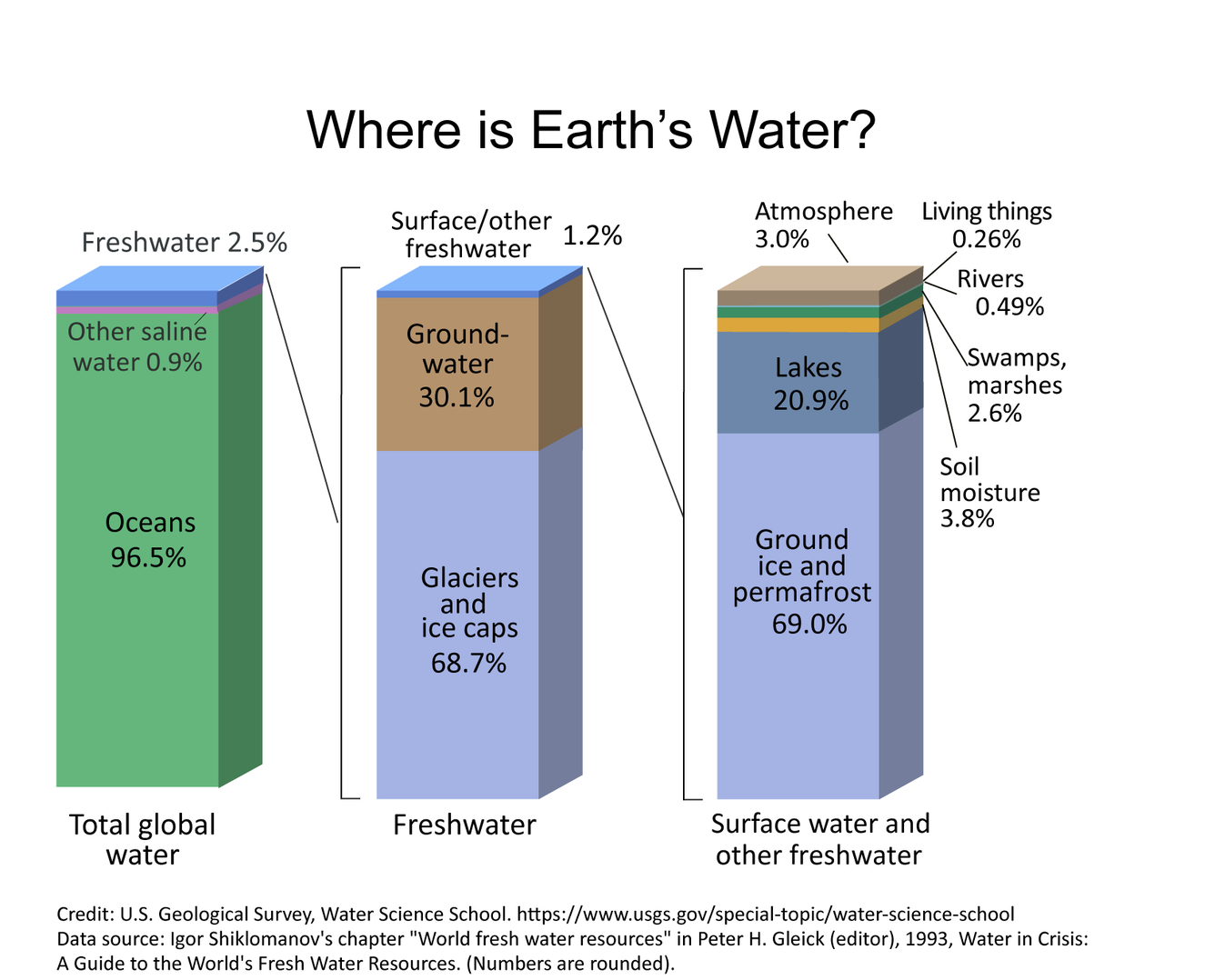Rapid Fire
International Conference on Glacier’s Preservation
- 03 Jun 2025
- 2 min read
Tajikistan hosted the 1st UN International Conference on Glaciers’ Preservation in Dushanbe (Tajikistan) in collaboration with UNESCO and World Meteorological Organisation (WMO), leading to the adoption of the Dushanbe Glaciers Declaration.
- About Glaciers: Glaciers are slow-moving ice masses formed from compacted snow over centuries.
- They mainly exist in polar regions (Greenland, Canadian Arctic, Antarctica) due to low solar insolation, while tropical glaciers occur at high altitudes near the Equator, like in the Andes.
- Importance of Glaciers:
- Freshwater: Only 3% of Earth’s water is freshwater, and glaciers hold about 70% of the world’s freshwater supply.
- River Systems: The Hindu Kush Himalayas (HKH) are referred as “Water Tower of Asia” and contribute approximately 40% of the Indus River system’s water flow.
- Climate Archives: Glaciers preserve climate records dating back up to 800,000 years, which help scientists study historical warming and cooling patterns.
- Monsoon Influence: The temperature difference between the Himalayan glaciers and the Indian Ocean plays a key role in driving the South West monsoon winds.
- Glacier Retreat: Nepal lost Langtang’s Yala Glacier, while Venezuela became the 2nd country after Slovenia to lose all its glaciers.
- Initiatives Taken:
- India: National Mission for Sustaining the Himalayan Ecosystem (NMSHE), Centre for Cryosphere and Climate Change Studies, Glacial Lake Outburst Flood (GLOF) risk mapping.
- Global: International Year of Glaciers Preservation (2025), Decade of Action for Cryospheric Sciences (2025–2034), International Centre for Integrated Mountain Development (ICIMOD).
| Read More: 2025 as International Year of Glaciers’ Preservation |







